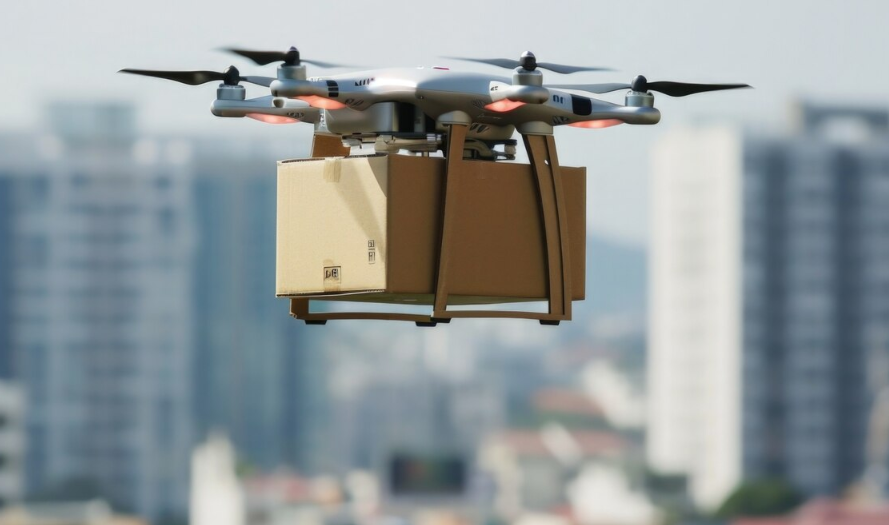The film and television industry has always evolved alongside technological advancements, but the pace and scope of change in recent years are unprecedented. From virtual production to AI-generated scripts, technology is reshaping every corner of the entertainment world. Let’s explore how innovation is revolutionizing the way stories are created, produced, and consumed.
Virtual Production: Redefining Filmmaking
Traditional filmmaking often required extensive travel, physical sets, and green screens. Today, virtual production is transforming this process. Technologies like LED volume stages, where actors perform in front of massive LED walls displaying real-time digital environments, allow filmmakers to shoot scenes with remarkable realism without leaving the studio.
- Examples: Productions like The Mandalorian have famously used virtual sets to create immersive worlds.
- Advantages: It reduces the carbon footprint of productions, cuts costs, and provides greater creative flexibility.
Artificial Intelligence: Creativity Meets Computation
AI is no longer just a tool for post-production; it is influencing storytelling itself.
- Scriptwriting: AI algorithms analyze successful scripts to help writers structure plots and develop characters.
- Editing and Effects: Machine learning tools automate tedious editing tasks, enhance special effects, and even restore old footage.
- Casting and Audience Analytics: Predictive models suggest casting choices and marketing strategies based on audience data, increasing a project’s chances of success.
Streaming and Content Democratization
The rise of streaming platforms like Netflix, Disney+, and Amazon Prime has dramatically shifted power dynamics in the industry.
- Global Reach: Independent filmmakers now have unprecedented access to global audiences without relying on traditional distributors.
- Binge Culture: Serialized storytelling has evolved to cater to binge-watching habits, impacting narrative structures and production cycles.
- Data-Driven Content: Viewer analytics influence content creation, with studios tailoring projects to audience preferences revealed through streaming behavior.
High-Fidelity Visuals and Immersive Experiences
Advancements in visual technology have elevated the quality of films and shows:
- 4K, 8K, and HDR: Higher resolution and enhanced color technologies provide stunning image clarity.
- Virtual Reality (VR) and Augmented Reality (AR): These emerging formats offer audiences interactive and immersive storytelling experiences.
- Motion Capture and CGI: Realistic digital characters and environments are becoming increasingly indistinguishable from live-action footage.
Challenges and Ethical Considerations
While technology offers exciting possibilities, it also raises important questions:
- Deepfakes: The ability to digitally recreate actors raises concerns about consent, authenticity, and potential misuse.
- Job Displacement: Automation in editing, visual effects, and even screenwriting could impact employment within the industry.
- Cultural Homogenization: Data-driven content risks favoring formulas over diverse, innovative storytelling.
Conclusion
Technology is not just enhancing the film and TV industry—it is fundamentally reshaping it. As tools become more powerful and accessible, they democratize storytelling while also introducing complex ethical and creative challenges. The future of film and television will depend on how creators, audiences, and technologists collaborate to harness these innovations thoughtfully and responsibly.


